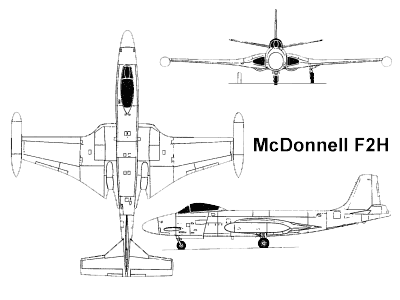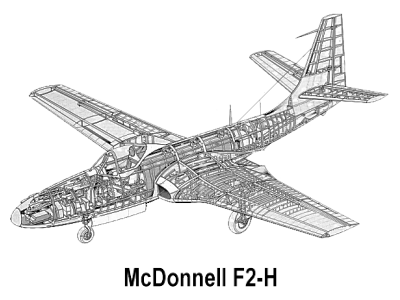The McDonnell F2H Banshee was a multimission: used as a day fighter, as a night fighter and for photoreconnaissance with one variant that was specially strengthened to carry nuclear weapons. It went into combat in 1951 and served as one of the principal fighters with the US Navy's Seventh Fleet for the duration of the Korean War. Total F2H production was 895 and was operational till 1961 with the US Navy Reserve and finally phased out from the Royal Canadian Navy in September,1962. The Banshee was the first production aircraft for the McDonnel Aircraft Corporation.
Development
The Banshee was a development of the FH Phantom, although it was being planned before the Phantom went into production. McDonnell engineers originally intended the aircraft to be a modified Phantom that shared many parts with the earlier aircraft, but it soon became clear that the need for heavier armament, greater internal fuel capacity, and other improvements would make the idea unfeasible. McDonnell was requested to submit its design for a new and improved jet fighter to supersede the FH-1. The company's design submission led to the receipt of a contract in early 1945 for three McDonnell XF2D-1 prototypes, these later gaining the name 'Banshee' although, some pilots referred to it as the 'Banjo'. McDonnell's design covered an improved version of the Phantom of increased size, incorporating folding wings, and with a lengthened fuselage to house more fuel, and with similarly-mounted and more powerful Westinghouse turbojet engines. The first prototype was flown on 11 January 1947, by then redesignated XF2H-1. The Banshee was designed to accommodate an ejection seat, a capability the Phantom lacked, and it incorporated a large number of improvements to other aircraft systems. The cockpit was fully pressurized and air-conditioned, and the flaps, landing gear, folding wings, canopy, and air brakes were electrically operated rather than pneumatically operated. The front of the canopy was made of bulletproof glass that was electrically heated to prevent frost. Initial deliveries of production F2H-1s, to US Navy Squadron VF-171, began in August 1948.
Back to Top
Despite the Navy's accepting the F2H-1, it was the more capable F2H-2 that was most widely used. With newer Westinghouse J34-WE-34 3,250 lbf (14.5 kN) thrust engines, it had improved performance. The wing was modified and strengthened to add provisions for 200 gal (760 l) wingtip fuel tanks; unlike the contemporary F9F 'Panther', the Banshee's wingtip tanks were detachable. Two armament pylons were added under each stub and outboard wing, for a total of eight, allowing the aircraft to carry a maximum stores load of 1,580 lb (454 kg), consisting of four 250 lb (113 kg) bombs and four 5-in (12.7 cm) unguided rockets. The F2H-2P was a photo-reconnaissance version with six cameras housed in a 2 ft 5 in (0.74 m) longer nose; it was the first jet-powered reconnaissance aircraft used by the USN. Remote controls allowed the pilot to rotate the cameras in the vertical and horizontal planes, and the aircraft could be fitted with a pair of underwing pods that each contained 20 flash cartridges for night photography. The camera bay was electrically heated to prevent frost. At a maximum operational altitude of 48,500 feet, combined with its speed, it made it extremely difficult to intercept by other combat jet aircraft of the early 1950s era.
Back to Top
In Action
The slender McDonnell F2H was designed as a carrier fighter for the Navy. For Marine Corps aviation it was, in the words of one enlisted Marine pilot who flew it, "a natural photo bird," one that could outperform any photo plane in Korea. Maj Robert R. Read took his newly formed Marine Reconnaissance Squadron (VMJ) 1 to K-3 Airfield at Pohang in February 1952. It didn't take long for the squadron's 14 twin-jet F2H-2P Banshees to become the mainstay of the aerial photography effort in Korea. Flying in support of both the First Marine Division and the Fifth Air Force (FAF), the 550-mph, single-seat jet was described as being "the first important development in aerial photography in the Korean War." Only weeks after its introduction, the Banshee was providing one-third of the day photo requirements of the FAF. This was despite constituting only one-quarter of the total available assets and being based at an airfield more than 150 miles farther from most targets than any other aerial photo unit in Korea. Due to its good performance at high altitude, it initially proved its worth as an escort for long-range USAF bomber formations. As the war progressed, USN and USMC fighters were primarily assigned to ground attack missions, including close air support of ground troops and destruction of the North Korean army's supply lines. The Banshee and other USN fighters had limited exposure to hostile enemy aircraft because they operated far out of the range of enemy fighters operating from China and consequently, the Banshee would score no victories nor suffer any losses in air-to-air combat, although three F2H-2s were lost to anti-aircraft gunfire.
Back to Top
Foreign Service
The F2H Banshee replaced the Royal Canadian Navys Hawker Sea Fury as the RCNs first and only jet fighter. The RCN acquired 39 Banshees from 1955 to 1958. Banshees operated from shore bases and from the aircraft carrier HMCS Bonaventure after 1957. Utilization of the Banshees fell as the RCN shifted its primary focus to anti-submarine warfare (ASW). HMCS Bonaventure was too small to accommodate many Banshees while carrying a sufficient number of CS2F Trackers to conduct around-the-clock ASW patrols, so the carrier frequently left port with no Banshees aboard. The RCN would eventually lose 12 of its original 39 Banshees to accidents, a loss rate of over 30%. The Banshee was the RCNs last fighter and was not replaced when retired in 1962.
Back to Top
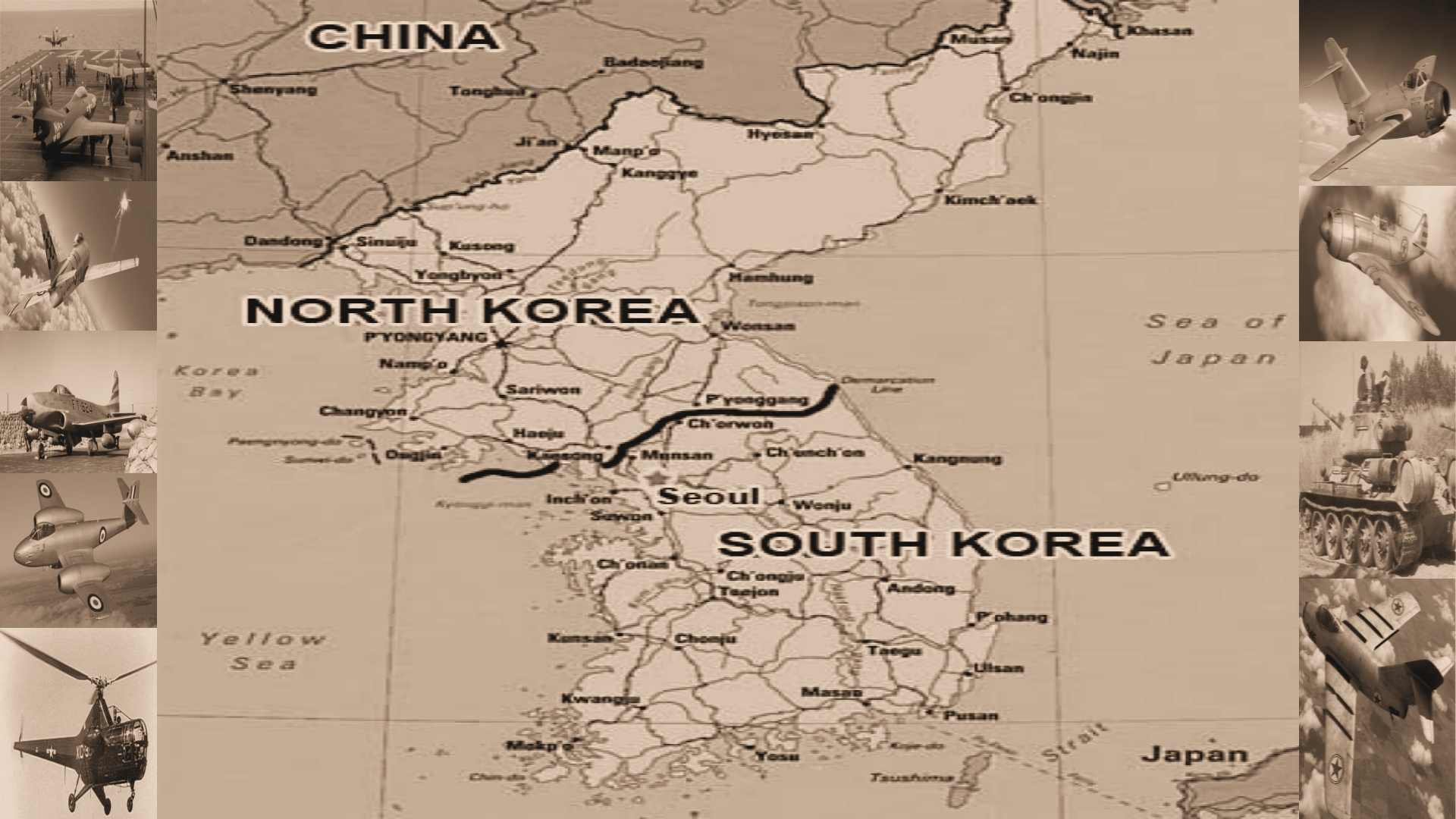

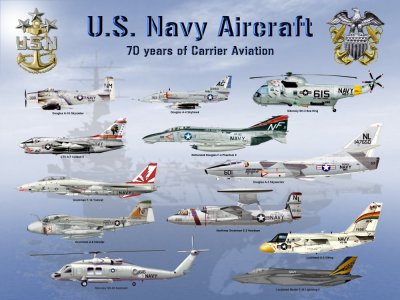

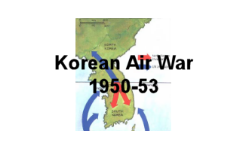 Korean War
Korean War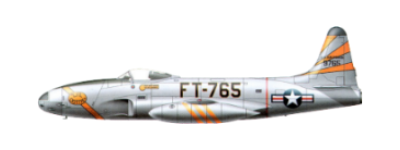 P-80 Shooting Star
P-80 Shooting Star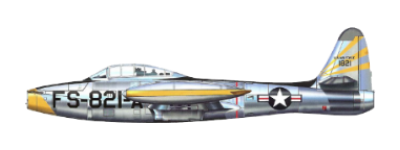 F-84 Thunderjet
F-84 Thunderjet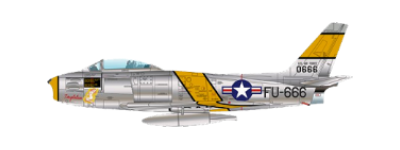 F-86 Sabre
F-86 Sabre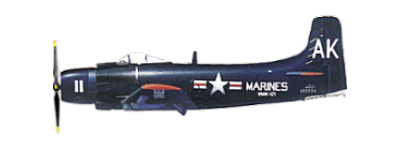 AD1 Skyraider
AD1 Skyraider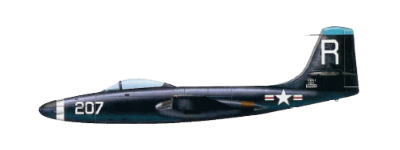 F2H Banshee
F2H Banshee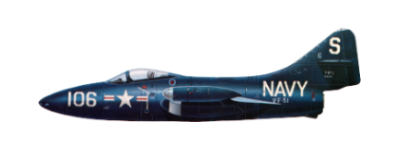 F9F Panther
F9F Panther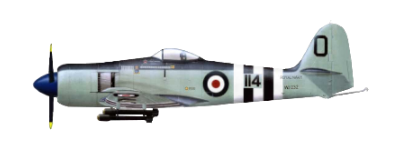 Seafury
Seafury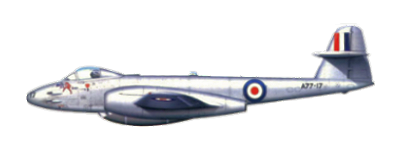 Meteor
Meteor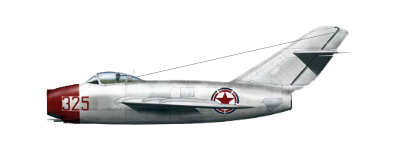 Mig-15
Mig-15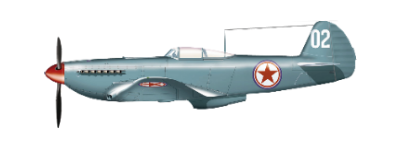 Yak-9
Yak-9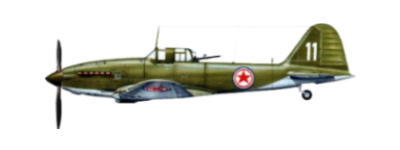 IL-10 Shturmovik
IL-10 Shturmovik
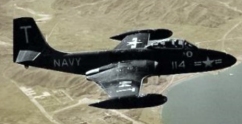

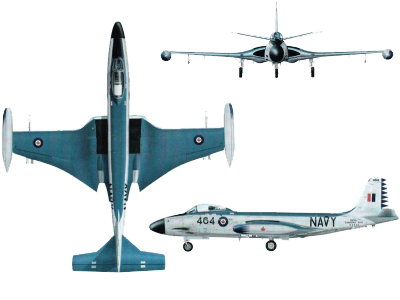
 McDonnell F2H 'Banshee'
McDonnell F2H 'Banshee'